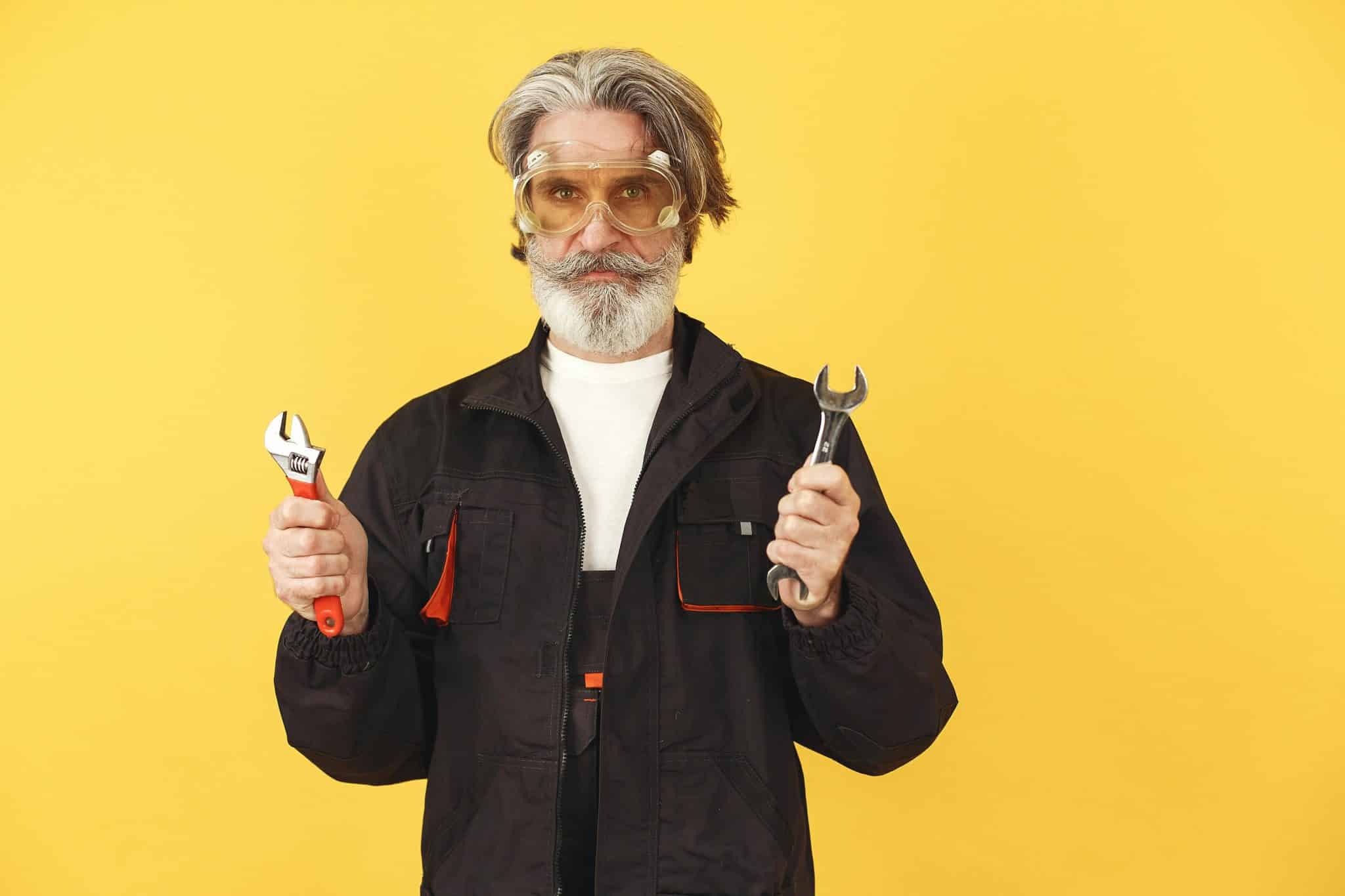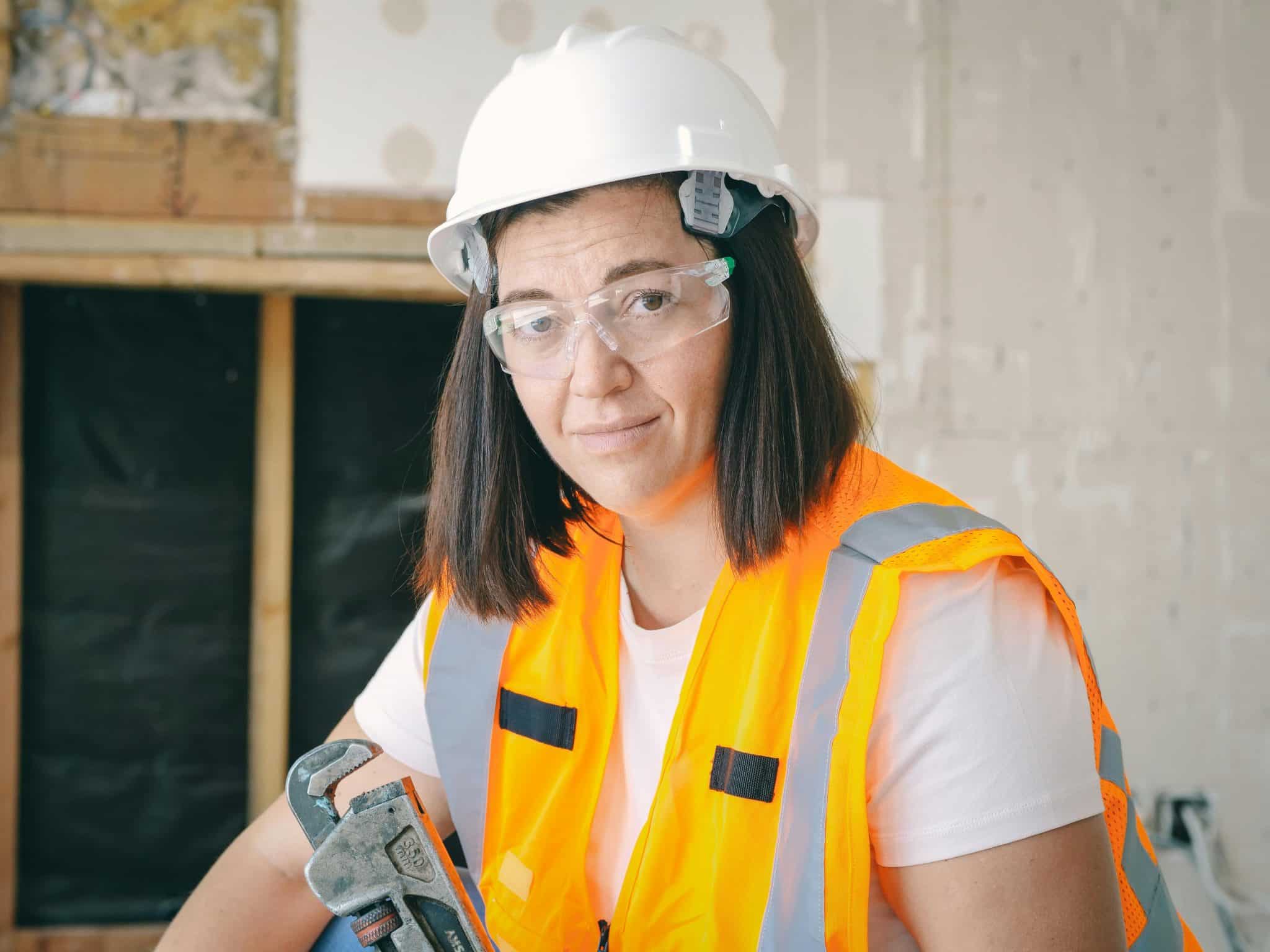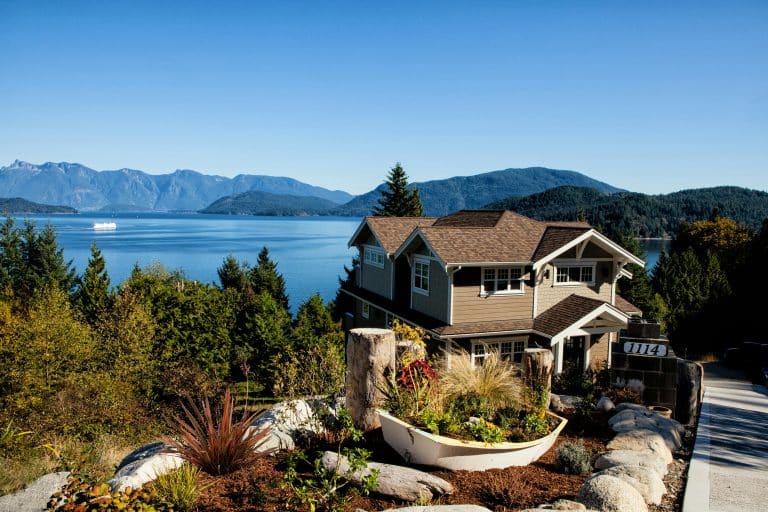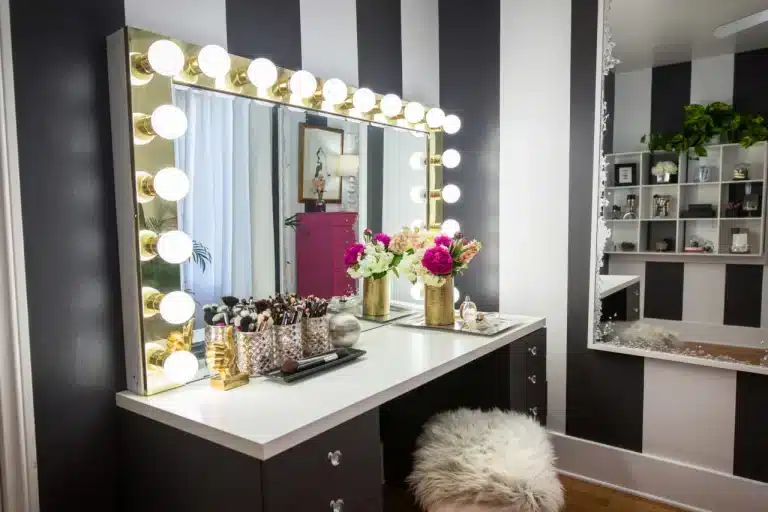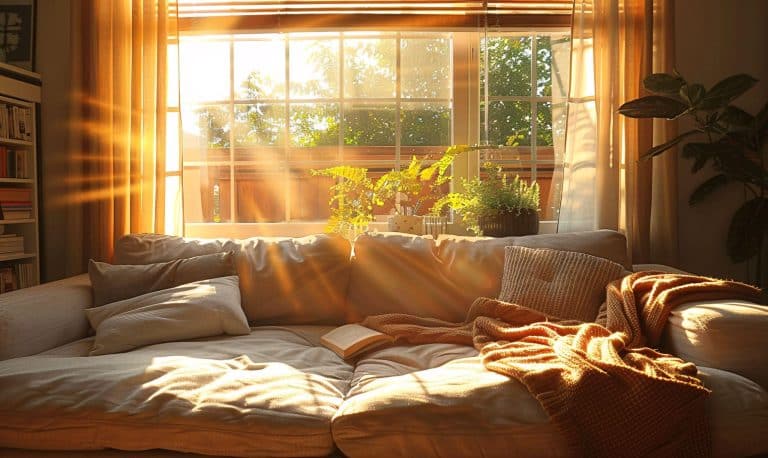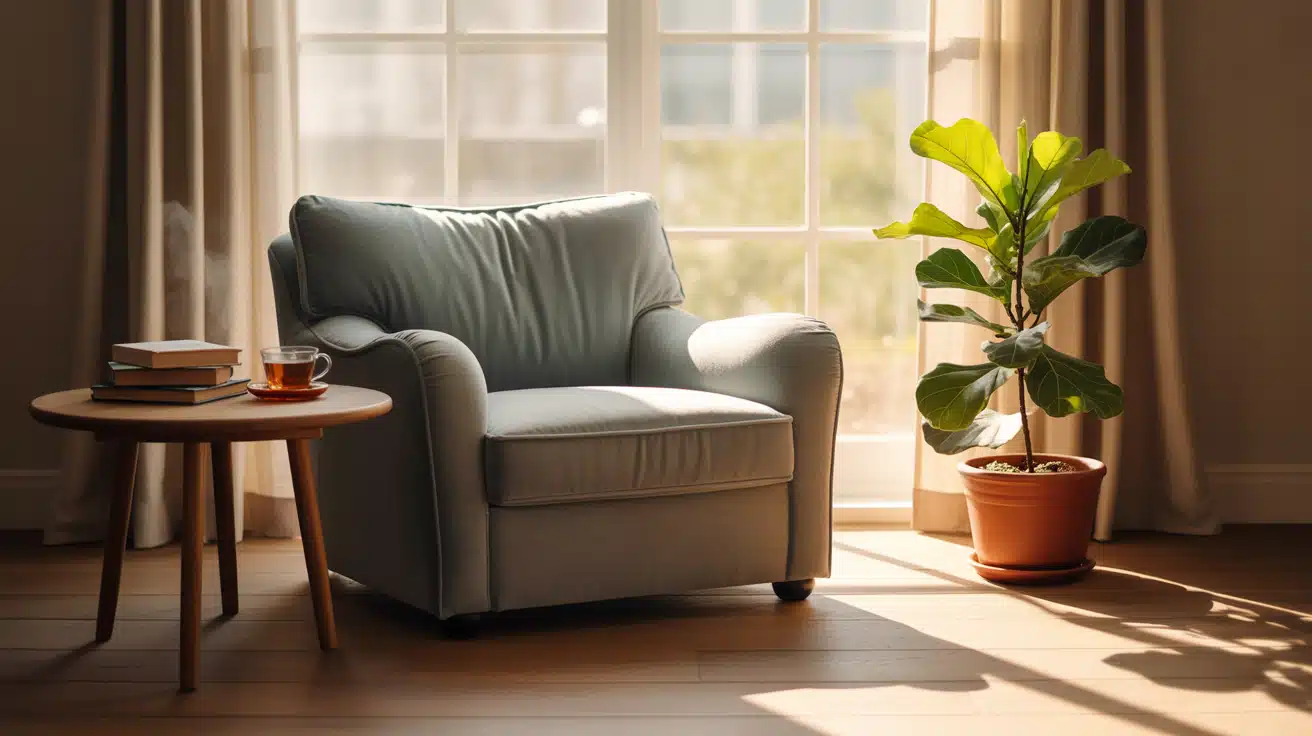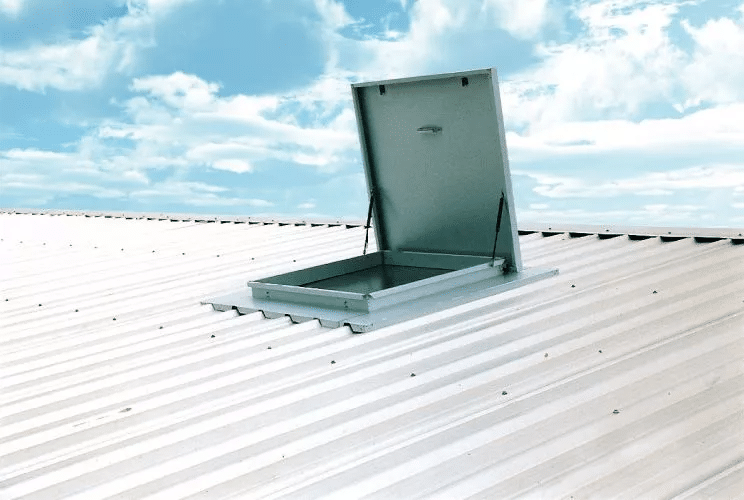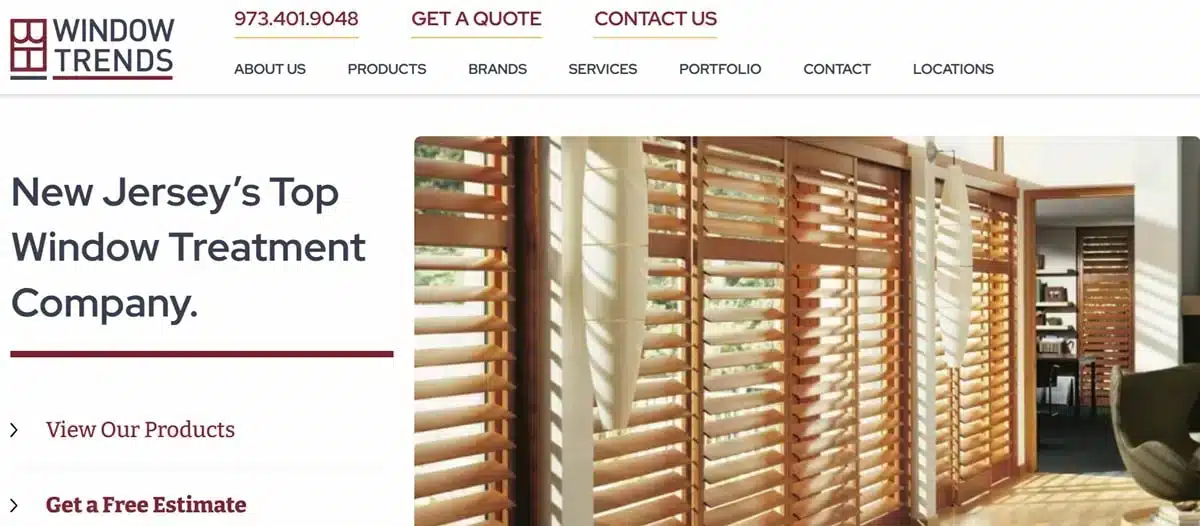The Temptation of Temporary Solutions
We’ve all been there – a slow drain, a dripping faucet, or a running toilet that seems like an easy fix. In our busy lives, it’s tempting to reach for that bottle of drain cleaner or watch a quick YouTube tutorial to handle plumbing issues ourselves. But what many homeowners don’t realize is that these quick fixes often create bigger problems down the line.
Local plumbers see the consequences daily: chemical drain cleaners eating through pipes, DIY installations causing leaks, and temporary patches that lead to catastrophic failures. The truth is, plumbing systems are complex networks that require professional expertise. That slow drain you’ve been ignoring with monthly chemical treatments? It could be signaling a major blockage or pipe damage that will eventually require emergency service.
The Hidden Costs of DIY Plumbing
While saving money is often the motivation behind DIY plumbing repairs, the reality is quite different:
-
Chemical Cleaners Cause Corrosion
Those powerful drain cleaners don’t just dissolve clogs – they also eat away at your pipes. Local plumbers report seeing pipes weakened by repeated chemical use that eventually crack or collapse, requiring complete replacement.
-
Improper Tools Create More Damage
Store-bought drain snakes often push clogs deeper rather than removing them. And using the wrong wrenches can strip fittings, creating leaks that aren’t immediately noticeable.
-
Lack of Proper Diagnosis
What appears to be a simple clog might actually be:
- Tree root intrusion
- Collapsed sewer line
- Improperly sloped pipes
- Vent stack issues
Without professional equipment like sewer cameras, homeowners are essentially guessing at the problem – and often guessing wrong.
When Quick Fixes Become Costly Disasters
Local plumbers share these common scenarios they encounter:
- The “Fixed” Leak That Floods a Basement
A homeowner uses pipe tape to stop a small leak, not realizing the pipe is corroded and needs replacement. Months later, the pipe bursts, causing thousands in water damage. - The “Cleared” Drain That Backs Up Again
After using a chemical cleaner that seems to work temporarily, the drain slows again within weeks. When a plumber is finally called, they discover the chemicals created a partial blockage that trapped debris, making the clog worse. - The “Simple” Toilet Repair That Breaks the Flange
A DIY wax ring replacement goes wrong, damaging the toilet flange. Now what should have been a $200 repair becomes a $1,000 flooring and subfloor replacement.
Why Professional Plumbing Pays Off
Experienced local plumbers provide solutions that last because they:
-
Use Proper Diagnostic Tools
From sewer cameras to pressure gauges, professionals have equipment to accurately identify issues without guesswork.
-
Follow Building Codes
Improper repairs can violate local codes, creating problems when selling your home or filing insurance claims.
-
Offer Warranties
Professional work comes with guarantees, giving you peace of mind that the repair is truly fixed.
-
Prevent Future Problems
A good plumber doesn’t just fix the immediate issue – they look for potential problems and recommend preventive measures.
Signs You Need a Real Plumber (Not Another Quick Fix)
How do you know when it’s time to call local plumbers instead of reaching for another temporary solution? Watch for these red flags:
- Recurring clogs in the same drain
- Multiple slow drains throughout the house
- Gurgling sounds from drains or toilets
- Sewage odors inside the home
- Water pressure fluctuations
- Higher than usual water bills
These symptoms often indicate serious plumbing issues that quick fixes can’t address.
Building a Relationship With Your Local Plumber
The smartest homeowners don’t wait for emergencies – they establish relationships with trusted local plumbers for:
- Annual inspections
- Preventive maintenance
- Honest assessments of aging systems
- Priority service when emergencies do occur
This proactive approach saves money in the long run by catching small issues before they become major repairs.
The Bottom Line: Quality Over Quickness
While instant gratification is appealing when dealing with plumbing problems, true solutions require professional expertise. Those extra minutes or hours you spend trying quick fixes could turn into days or weeks of inconvenience (and much higher bills) when temporary solutions fail.
Local plumbers have the training, experience, and tools to provide lasting repairs that protect your home’s value and your family’s comfort. Next time you’re tempted by a quick fix, remember: when it comes to plumbing, fast isn’t always better – done right is what really matters.


